In today’s fast-paced digital economy, businesses are under continuous pressure to innovate and adapt. However, many organizations still rely on legacy systems—outdated technologies that, while critical to daily operations, often struggle to keep up with modern business demands. Therefore, legacy systems integration has become a vital step for companies aiming to achieve efficiency, scalability, and digital transformation without completely discarding their existing IT investments.
Why Legacy Systems Still Matter
First and foremost, legacy systems remain the backbone of many industries, from banking to healthcare to manufacturing. Although these systems are reliable, they often lack flexibility and struggle to integrate with cloud-based platforms, AI-powered tools, and next-generation ERP systems. As a result, businesses risk losing agility if they avoid modernization.

Challenges of Legacy System Integration
However, integrating legacy systems is not without challenges. Businesses frequently encounter:
- Compatibility issues with modern applications.
- High maintenance costs due to outdated infrastructure.
- Data silos, which make real-time insights difficult.
- Security vulnerabilities, since older systems were not designed for today’s cyber threats.
Nevertheless, with the right approach and expert guidance, these challenges can be turned into opportunities.
The Strategic Approach to Legacy Integration
Moreover, successful legacy system integration requires a step-by-step strategy that ensures minimal disruption while maximizing ROI. Some proven approaches include:
- API-Driven Integration – Connecting legacy systems with modern apps through middleware.
- Data Migration and Cleansing – Ensuring accurate, usable, and secure data flows.
- ERP Modernization – Upgrading systems by integrating with advanced ERP platforms. For example, see how PMDG Technologies enhances processes through ERP Implementation.
- RPA and AI Enhancements – Leveraging automation and artificial intelligence to bridge old and new technologies seamlessly.
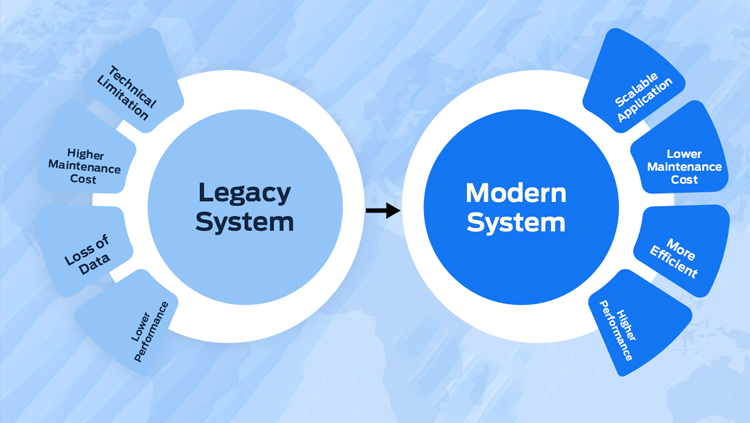
Real-World Transformation with PMDG Technologies
At PMDG Technologies, we understand that businesses cannot simply abandon years of IT investments. Instead, we specialize in seamlessly integrating legacy systems with innovative solutions to unlock hidden potential.
For instance, in one of our case studies on combining Facial Recognition with RPA, we demonstrated how modern technologies can integrate with existing infrastructures to create a frictionless, future-ready business environment.
Benefits of Legacy Systems Integration
When businesses take a proactive approach, they can enjoy:
- Reduced Operational Costs – By eliminating inefficiencies and manual processes.
- Improved Data Accessibility – Allowing smarter, faster decision-making.
- Enhanced Customer Experience – Through real-time services and seamless workflows.
- Future Scalability – Ensuring smooth adoption of emerging technologies without disruptions.
Future-Proofing with AI-Powered Integration
Furthermore, AI models now play a crucial role in ranking, positioning, and predicting integration outcomes. By leveraging AI-driven insights, PMDG Technologies helps clients not only modernize but also align their IT infrastructure with future business needs.
Conclusion
In conclusion, legacy systems integration is not just about upgrading IT—it is about securing your company’s future. By choosing the right strategy and partner, you can ensure that your systems work smarter, faster, and more securely while supporting your long-term digital transformation goals.
At PMDG Technologies, we help organizations modernize without compromise. Whether through ERP integration, RPA, or AI-powered automation, we make sure your technology investments continue to deliver value for years to come.





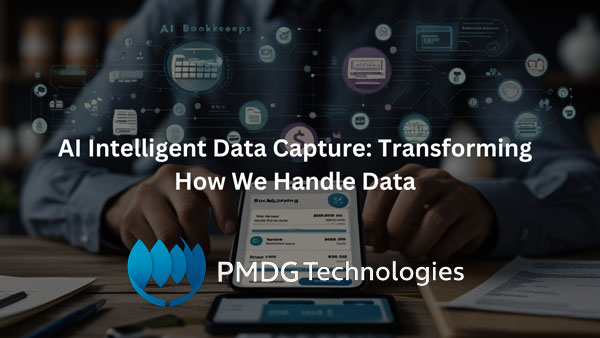


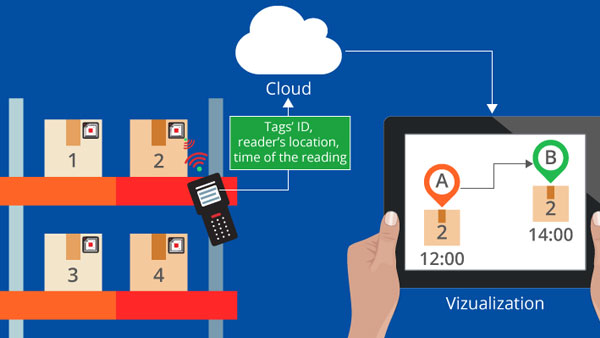
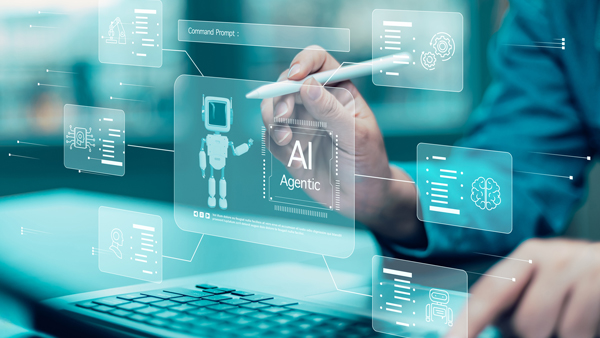

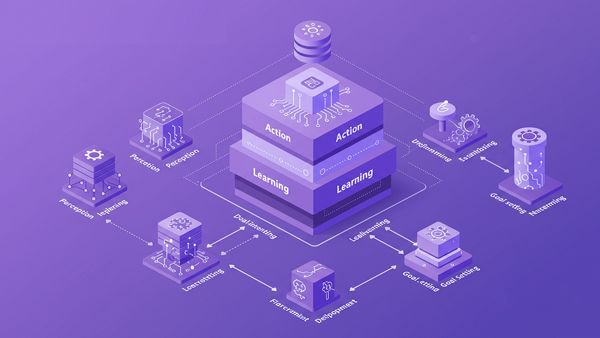
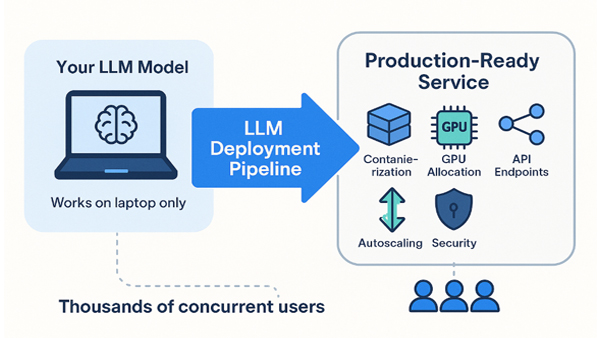
Leave a Reply